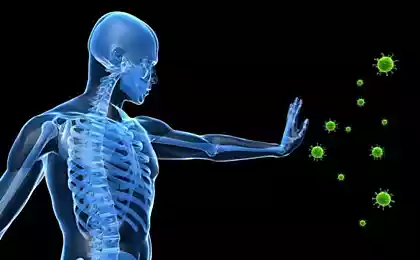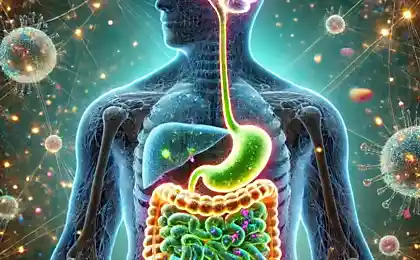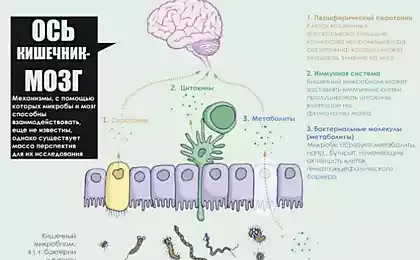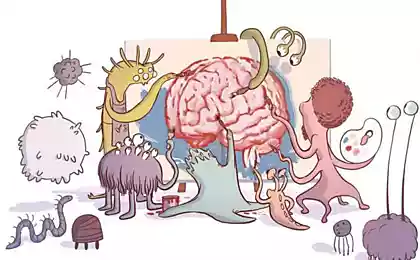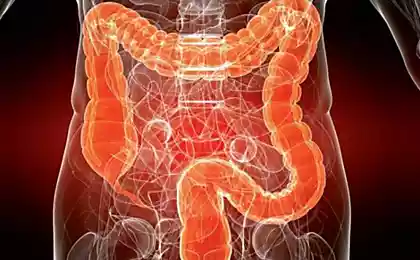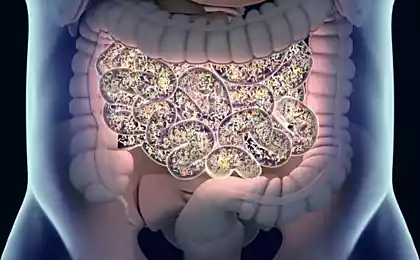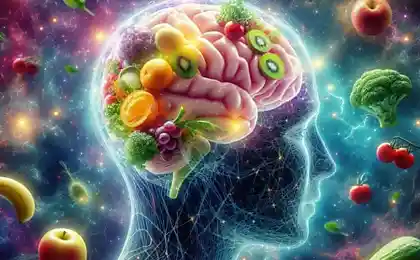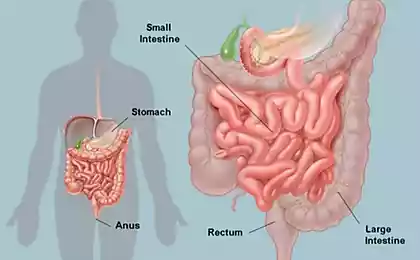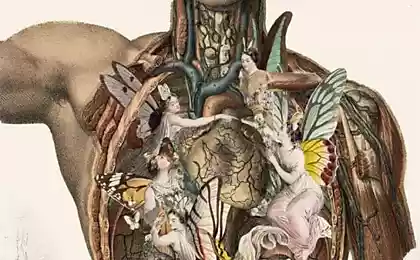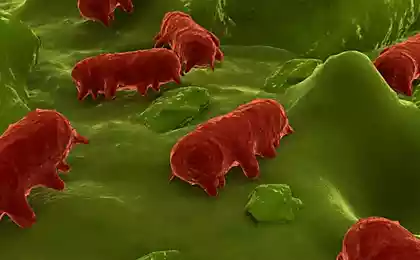175
Old age comes through the gut. 90% of skin, mood and energy problems are due to the gut. Here's what to do.

The ancient wisdom “Health begins in the gut” is finding more and more confirmation in modern science. Recent studies show that up to 90% of the problems associated with premature aging come from here. This connection is so strong that scientists are talking about the “intestinal-cutaneous” and “intestinal-brain” axis – systems of bidirectional communication between these organs.
“The gut microbiome controls the immune system, affects metabolism and determines the rate of aging of body tissues,” says Dr. Michael Mercer, a gastroenterologist and microbiome researcher at the University of California.
The intestine as a source of youth and health
Our gut is home to about 100 trillion microorganisms that make up the microbiome. When its balance is disturbed (dysbiosis), it triggers a cascade of negative reactions:
- Inflammatory processes that accelerate tissue aging
- Violation of the barrier function of the intestine
- Reduced production of neurotransmitters
- Deterioration of nutrient absorption
- Release of toxins into the bloodstream
Skin and intestine
A study in the journal Frontiers in Microbiology found that 66% of patients with severe acne have a significant imbalance in their gut microflora. When the microbiome was normalized, the skin condition improved in 80% of the participants.
When the barrier function of the intestine is impaired, it manifests as:
- Dull complexion and loss of elasticity
- Premature wrinkles
- Inflammatory skin diseases
- Increased sensitivity

Mood and gut
The intestine contains more nerve cells than the spinal cord, which is why it is called the “second brain.” 90% of serotonin is produced in the gut, not the brain.
A study in Nature Microbiology found a direct correlation between gut microbiota diversity and levels of depression and anxiety.
Energy and intestine
Chronic fatigue is often associated with bowel problems due to:
- Violations of absorption of vitamins of group B, iron and magnesium
- Inflammation that requires energy expenditure
- Intoxication by waste products of pathogenic bacteria
1. Optimal nutrition
- Variety of plant foods (30+ species per week)
- Prebiotics: chicory, artichoke, leek, garlic, asparagus
- Fermented foods: sauerkraut, kimchi, yogurt, kefir
- Reducing the consumption of ultra-processed products
Interval fasting according to the 16/8 scheme (16 hours of fasting, 8 hours window for eating) contributes to the regeneration of the intestinal mucosa and the optimization of the microbiome.

3. Stress management
Chronic stress disrupts the barrier function of the gut and changes the composition of the microbiome. Effective strategies:
- Regular meditation (10-15 minutes daily)
- Deep Breathing Before Eating
- Yoga and moderate physical activity
- Full sleep (7-8 hours)
1. Remove (Eliminate) pathogens and inflammatory products
2. Replace (Replace) fermentation
3. Reinoculate (Restore) probiotic
4. Repair (Restore) mucosa
Key findings
Intestinal health is the foundation for slowing down the aging process. Recovery requires 3 to 6 months of consistent action. Investing in gut health will provide beautiful skin, stable mood, high energy and slow aging at the cellular level.
Glossary of terms
microbiome
The totality of all microorganisms that inhabit the intestine, including bacteria, viruses, fungi and protozoa.
Dysbiosis
Violation of the balance of intestinal microflora with a decrease in beneficial and an increase in pathogenic microorganisms.
Syndrome of increased intestinal permeability (“leaky intestine”)
A condition in which the barrier function of the intestinal wall is disrupted, allowing toxins to enter the bloodstream.
Prebiotics
Indigestible food components that stimulate the growth of beneficial intestinal bacteria.
Probiotics
Living microorganisms that, when consumed, have a beneficial effect on health.
The Ridiculous Excuses Big Companies Use to Explain Their Failures
What are the best intentions taken to the extreme?
